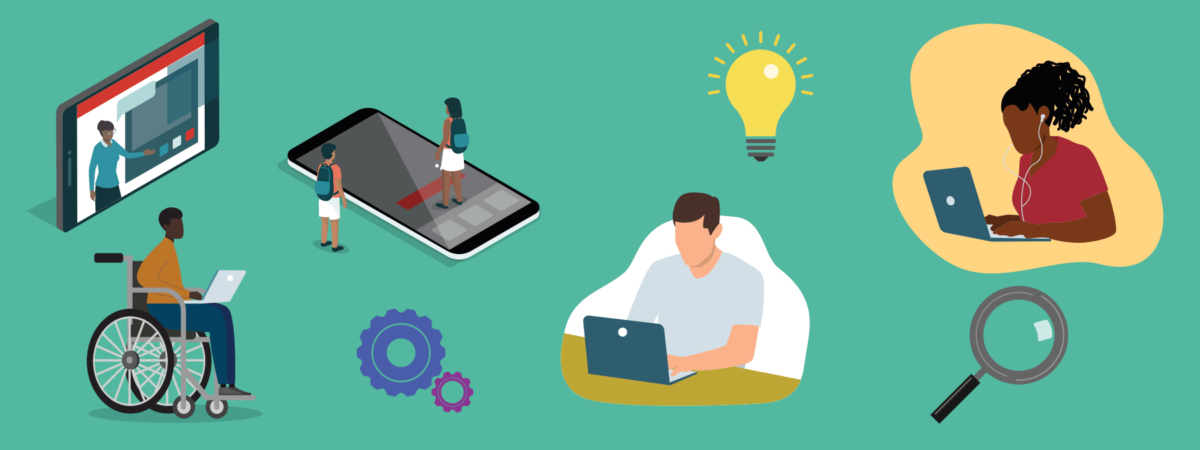
Despite the complexities of the moment, educators are creative, resourceful problem-solvers. They have proven time and again that they respond to uncertainty with a commitment to caring for students, and that technology is most powerful when it’s in the hands of well-prepared teachers. Even if physical buildings are forced to remain closed, we must remember that schools themselves are not closed—learning must, and will, continue.
There is an emerging widespread awareness that digital learning is critical to the success of students’ education—certainly now, but also in a post COVID-19 world as we work to finally close the Digital Learning Gap. Equitable access to digital learning means that every student has a device and access to the internet regardless of location, allowing for critically important connections with teachers and peers, instant feedback on mathematical problem sets, the ability to research, ask questions, find answers and explanations, and so much more. Digital learning also strengthens each teacher’s ability to meet the needs of each student, regardless of whether they are in the classroom or at home.
As an example of what’s possible this fall, our Verizon Innovative Learning Schools (VILS) were well-positioned to pivot quickly at the start of the pandemic because of its provision of access to digital learning. Students in the program each had a device and data plan enabling access at home, making it easier for teachers to tap into digital resources so students could continue learning virtually.
In addition, each VILS school has a full-time digital learning coach, enabling teachers to have problem-solving and resource development support throughout the year. We’ve implemented coaches in the Dynamic Learning Project as well, and have seen coaches support teachers through virtual personalized coaching as well as provide coaching to families and caregivers. Our new Instructional Coaching Playbook can help school and district leaders build or expand a sustainable and scalable teacher coaching program at any point in time.
This fall, educators can also continue assisting each other in the transition to digital learning through upcoming Edcamp: Powerful Learning at Home sessions, where attendees can dive into the concerns that matter most to them using an unconference model. Moreover, they can continue their professional learning journeys by earning micro-credentials—a number of which, including the Transitioning to Digital Learning micro-credentials stack, can be earned while not in a physical classroom, crucial for many at this time.
In addition to our programs and networks, we’ll continue to share equity-centered resources to assist the education community in navigating powerful digital learning. Our Online Learning Resources page, including an FAQ on schools and COVID-19, a Digital Learning Playbook, and resources for supporting learners with disabilities, will continue to be updated. We’ll also host more webinars and digital events featuring thought leaders, instructional coaches, superintendents from the League of Innovative Schools, and others whose strategies and experiences can benefit educators across the country. And we’ll publish more research like our Suddenly Online report, which helped us understand what works best for students and faculty at the higher education level.
The bottom line is that it is imperative that each and every student has equitable access to powerful learning experiences that encourage curiosity and develop agency. We at Digital Promise remain committed to amplifying voices and supporting innovative solutions to the unique challenges facing public education today.
Sign up for the Digital Promise Action Report to stay up-to-date on our latest digital learning resources.